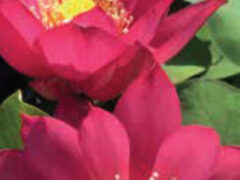
‘Red Light’ dwarf hardy lotus
Nelumbo 'Red Light'
Ideal in a bowl garden on a patio, this brilliant red flowering hardy lotus also … Continued
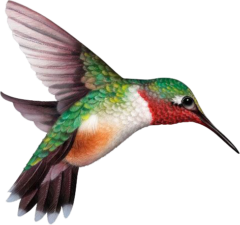 Hummingbirds, bees and butterflies are well-known pollinators, but there are thousands of unsung pollinator heroes, including moths, wasps, flies, and beetles, many mammals, birds, and reptiles, who also take on the job.
Hummingbirds, bees and butterflies are well-known pollinators, but there are thousands of unsung pollinator heroes, including moths, wasps, flies, and beetles, many mammals, birds, and reptiles, who also take on the job.
Pollinators move from plant to plant, fueling up with pollen and nectar from blooming trees, shrubs, perennials, annuals, vegetable plants, and herbs. As they move, the pollinators transport and deposit pollen, fertilizing plants and allowing them to reproduce.
Pollinator plants can be native and non-native, but not all flowering plants are equal when it comes to providing the highest quality protein-rich pollen. Many hybrids don’t even produce pollen at all. The following list includes pollen-rich plants to include in your garden to provide pollinators with food.
Local butterfly expert Lenora Larson has created these informational handouts. You can download them here!
• Butterflies: Flying Flowers in your Garden!
• A Vital Connection: Native Plants and Butterflies
• Long Lips Farm Caterpillar Foodplants
• Butterfly Bartending: Nectar Flowers
• Long Lips Farm: Selected Butterfly Nectar Flowers
• Bee Friendly: Plants for Bees and Other Pollinators
Since 1970 the population of North American birds has dropped nearly 30% — almost three billion birds have vanished from our forests, grasslands, and backyards in less than a human lifetime. It’s a chilling fact that makes it clear that we must act as individuals to help ensure their survival.
Most importantly, ninety-six percent of all terrestrial bird species rear their young on insects so it is also important to grow plants that feed insects to provide a well-rounded habitat in your garden.
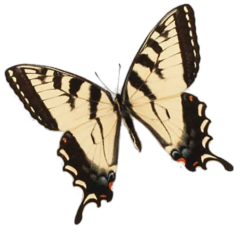

Nelumbo 'Red Light'
Ideal in a bowl garden on a patio, this brilliant red flowering hardy lotus also … Continued
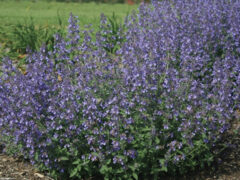
Nepeta species
Perennial Plant Association 2007 Perennial Plant of the Year! faassenii ‘Walker’s Low’ grows up to … Continued
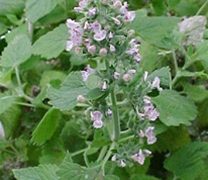
Nepeta cataria
A vigorous-growing mint with a wacky effect on cats. Dry some catnip for homemade cat … Continued
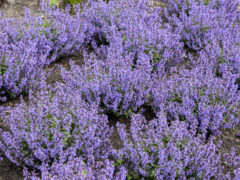
Nepeta 'Cat's Pajamas'
2021 Proven Winners National Perennial of the Year A smaller-scale catmint that also blooms 2-3 … Continued
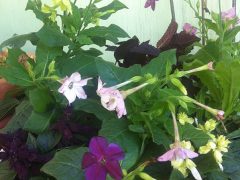
Nicotiana alata
‘Saratoga’ mix is a 12-16″ tall flowering tobacco with gorgeous 2″ blooms of apricot, lime … Continued
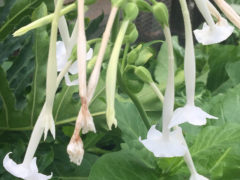
Nicotiana sylvestris
Tall, old-fasioned nicotiana features 3-4′ tall stalks topped with many trumpet-shaped, fragrant white blooms throughout summer. … Continued
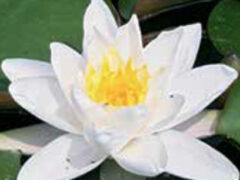
Nymphaea 'Albatross'
Pure white, semi-double blooms with golden stamens and green leaves open on the water’s surface. … Continued
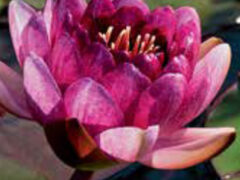
Nymphaea 'Almost Black'
This hardy waterlily features deep red flowers nearly black at the center. New lily pads … Continued
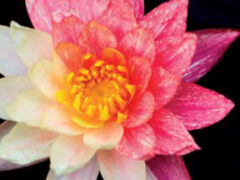
Nymphaea 'Jakkaphong'
Deep-fuschia blooms are speckled with striking white petals in random patterns. A modest bloomer, but … Continued
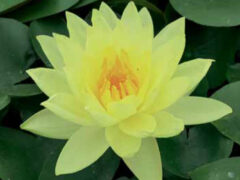
Nymphaea 'Joey Tomocik'
The deepest yellow of all the yellow lilies with slightly variegated leaves. Produces lots of … Continued
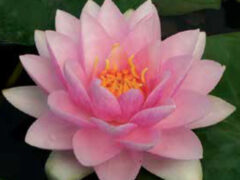
Nymphaea 'Madame Wilfron Gonnere'
A very free flowering, fragrant waterlily with large peony-shaped pink flowers with a deep pink … Continued
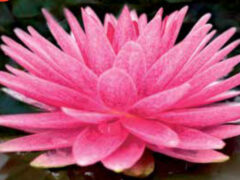
Nymphaea 'Mahasobut'
This award-winning water lily from Thailand is a medium to large plant that can grow … Continued